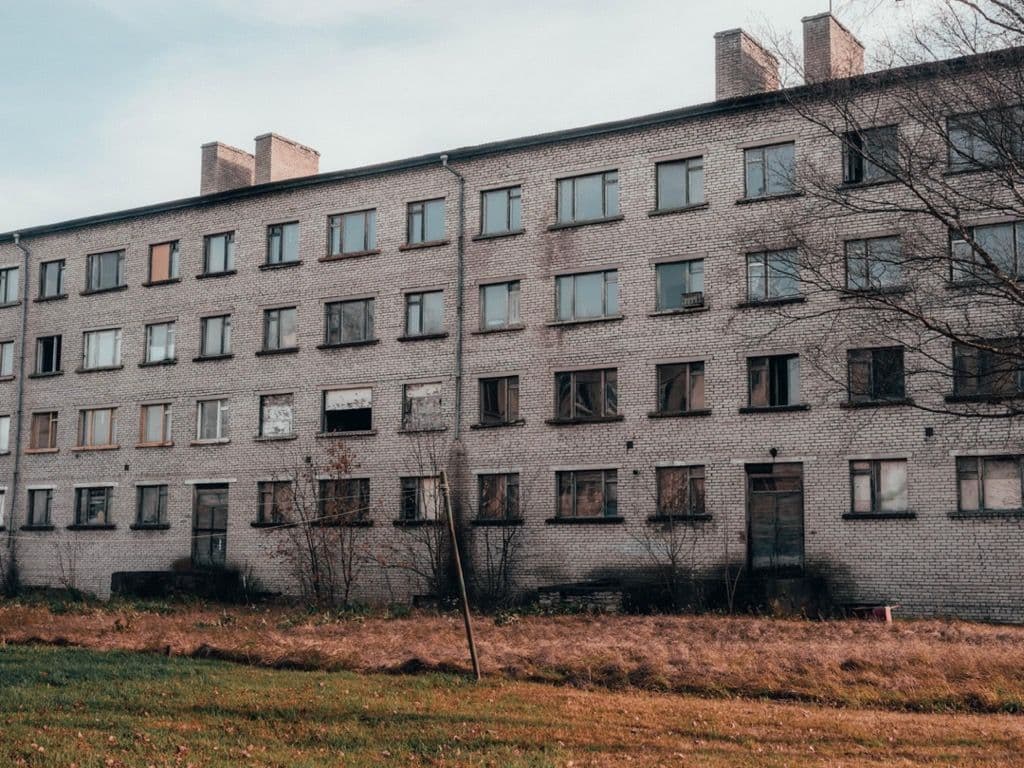
Making Room for the Future? Half-emptiness and the ordered demolition of Soviet housing in Estonia, with Keiti Kljavin
Journal of Baltic Studies 2025
This article investigates how demolition has been tested as a strategy to address the problem of half-emptiness in a post-industrial town. Focusing on a state-led pilot project in Kohtla-Järve, it examines how the removal of semi-vacant, privately-owned apartment buildings was framed as a tool for regeneration and governance reform.
The research combines ethnographic descriptions, interviews with local stakeholders, and materials from various policies, work on project coordination, urban design guidelines and consultation meetings with both state and municipal institutions. Through observant participation in the design and implementation of the project, the article analyzes how different stakeholders—state officials, municipal authorities, and residents—interpreted and negotiated its aims.
Conceptually, it develops ‘half-emptiness’ as an analytical lens for understanding urban decline not as absolute collapse but as a condition of suspended partiality, where infrastructures, governance, and everyday life persist in incomplete and uncertain forms.
Keywords: Politics of partiality; Experimental planning; Infrastructural endurance; post-industrial Europe; post-socialist shrinkage; Observant participation
--------
“Demolition as governance operates as a technique of suspending the population between decline and recovery, turning uncertainty itself into a structured mode of life... Governance through suspension dramatizes half-emptiness—it does not overcome it, but institutionalizes it as the new normal." p. 3
“Both residents and the state are caught in a mirror of incompleteness—people continue living in half-empty buildings while institutions enact half-formed policies.” p. 3
“Half-emptiness describes not a void but a condition of suspended partiality, where people simultaneously inhabit loss and possibility.” p. 4
“Half-emptiness is about coexisting conditions: functioning and brokenness, continuity and decline, suspicion and endurance.” p. 7
“Rather than offering a definitive solution, the demolition pilot unfolded as a rehearsal, structured by partial information, uncertain legal ownership, and contested participation.” p. 8
“Demolition was meant to create clarity and order, yet the pilot reproduced the same uncertainty and incompleteness it sought to resolve.” p. 16
“In Kohtla-Järve, the notion of half-emptiness suggests that something has to be cleared out to make room for the future.” p. 17
“Half-emptiness is more than a descriptive label for scattered vacancies; it is a condition of partiality that combines functioning and breakdown in the same socio-spatial formation... It is precisely this simultaneity of presence and absence that generates uncertainty. Half-emptiness, therefore, indexes a mode of living with the provisional, where endurance and decline are inseparable.” p. 18
